
Central Sulawesi Province
A Comprehensive Look at Central Sulawesi Province
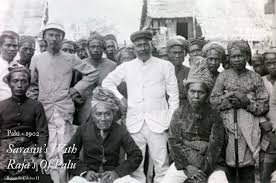

🏛️Capital City and Geographical Conditions
Capital City: Palu. Located on the narrow, protected Palu Bay, the city is built on a fault line, giving it a unique, dramatic landscape.
Geographical Conditions: Sulteng's location across the equator and along the Palu-Koro fault system creates extreme variations:
Mountains: Dominated by the Quarles Mountains and the Pegunungan Tokala, which run north-south, making overland travel challenging.
The Gulfs: Features deep inlets, notably the Gulf of Tomini (the largest gulf in Indonesia) and the Gulf of Tolo.
Lakes: Home to large ancient lakes like Lake Poso (one of the deepest in Indonesia) and Lake Lindu.
Climate: Tropical monsoon, with Palu having an unusually dry climate compared to the rest of the island due to the surrounding mountains, which create a rain shadow effect.
📜History: Ancient Megaliths and Inter-Island Trade
Central Sulawesi's history spans from ancient indigenous cultures to maritime trade dominance.
Lindu and Bada Valley Megaliths: The most unique historical feature is the presence of ancient, mysterious megalithic statues and stone artifacts found in the Bada, Besoa, and Napu valleys (now part of the Lore Lindu National Park). These massive carved stones date back over 1,000 years, and their origins and purpose remain a mystery.
The Kingdoms: The region was traditionally divided into several smaller kingdoms, such as the Sigi and Lindu kingdoms, primarily based on the river valleys, maintaining complex political and trade relationships with coastal sultanates.
Dutch Influence: Dutch colonial control was established later and was focused primarily on key ports like Palu and the rich agricultural areas around Lake Poso.
👥Demographics and Customs
Population: The population of Central Sulawesi is estimated at approximately 3.1 million people.
Ethnic Groups: The region is highly fragmented due to its geography, leading to numerous distinct indigenous groups:
Kaili: The dominant group in the Palu valley area, known for their traditional dances and agricultural skills.
Pamona (Poso): The major group around Lake Poso, highly influential in the region's history.
Banggai and Saluan: Coastal and island groups inhabiting the eastern and central parts.
Customs (Adat Istiadat): Cultural life revolves around traditional rice cultivation (terraced farming), ancestor reverence, and complex communal ceremonies. Ledo dance (a traditional Kaili dance) and Modero (a traditional Pamona community dance performed in circles) are prominent cultural expressions.
🎨Culture and Traditional Arts
Sulteng's arts reflect its dual identity: the practicality of farming/fishing and the mystery of its megalithic past.
Pakaian Kulit Kayu (Bark Cloth Clothing): Some isolated Dayak tribes in the interior still traditionally craft clothing, headwear, and bags from pounded and treated tree bark, a vanishing art form.
Gimbal and Kakula: Traditional musical instruments. Gimbal is a type of drum used by the Kaili, and Kakula is a small gong set used for ceremonial music.
Tari Dero/Modero: A communal dance where participants join hands in a circle, performed to celebrate harvests or communal success, particularly important to the Pamona people.
Batik Bomba: The unique Batik motif of the Palu region, known for integrating local patterns such as birds and geometric designs.
🍲Distinctive Traditional Cuisine
Sulteng cuisine emphasizes fresh seafood, river fish, and unique vegetable preparation.
Kaledo (Kaki Lembu Donggala): Literally "Donggala Cow Legs." A deeply traditional and highly savory soup made from tenderized cow trotters (feet/shanks) cooked in a clear, spicy broth with chili and tamarind, giving it a distinctive sour kick.
Uta Dada: A traditional dish, particularly from the Kaili people. It is a vegetable soup cooked in coconut milk, often incorporating smoked fish and sayur paku (ferns or fiddlehead greens) or other locally available forest vegetables.
Lalampa: A popular savory snack (similar to Lemper). It is sticky rice filled with spiced shredded fish or chicken, wrapped tightly in banana leaves, and then grilled until the leaves are charred and fragrant.
Onde-Onde Ubi Ungu: A unique local adaptation of the classic onde-onde (glutinous rice ball). In Sulteng, it is often made using purple sweet potato (ubi ungu), filled with palm sugar, and coated in sesame seeds.
🗺️Famous Tourist Attractions
The province is a destination for historical, ecological, and maritime adventurers.
Lore Lindu National Park: A UNESCO Biosphere Reserve, internationally famous for its exceptional biodiversity, unique endemic species, and the mysterious Bada, Besoa, and Napu valleys containing ancient megalithic stone statues.
Togean Islands National Park: Located in the Gulf of Tomini, this archipelago is a stunning eco-tourism destination, renowned for world-class diving and snorkeling, featuring pristine coral reefs and unique marine ecosystems.
Lake Poso: The third-largest lake in Indonesia, known for its clear, deep waters, unique endemic fish species, and cultural significance to the Pamona people.
Pulau Pasoso (Pasoso Island): Located in the Donggala region, this island is famous as a nesting ground for sea turtles.
✈️Transportation Infrastructure
Central Sulawesi relies on air and sea links for external connectivity, with road and ferry services essential for internal movement due to the difficult terrain.
Airport (Bandar Udara):
Mutiara SIS Al-Jufrie Airport (PLW): Located in Palu, this is the main gateway, serving domestic routes to major cities like Makassar, Jakarta, and Balikpapan.
Port (Pelabuhan):
Pantoloan Port: The major commercial port in Palu, handling container cargo and inter-island trade.
Ampana Port: The main gateway for passenger ferries and fast boats accessing the popular Togean Islands.
Ferry Terminals: Numerous smaller terminals link the coastal cities across the large gulfs and to neighboring provinces.
Railroad (Stasiun Kereta Api):
Central Sulawesi Province does not have any active railway network or passenger train stations. Land travel relies heavily on often challenging inter-city roads and local transport.
Central Sulawesi is a province of rugged contrast—where the quiet majesty of the ancient Bada Valley Megaliths stands against the deep blue serenity of the Gulf of Tomini. It is a region defined by its distinct geography and the resilience of its people, symbolized by the tangy, hearty flavor of Kaledo. Sulteng offers a complex, rewarding adventure into Indonesia’s eastern wilderness, inviting travelers to discover unique cultures, unparalleled marine life, and historical puzzles yet to be solved.
⛵Central Sulawesi Province : A Tapestry of Mountains and Sea
Central Sulawesi (Sulteng) is the largest province by area on the island, linking the southern and northern arms of the distinctive K-shaped island. It is a geographically complex region characterized by deep gulfs, rugged mountain ranges, and rich biodiversity, serving as the cultural heartland for groups like the Kaili and Pamona people.
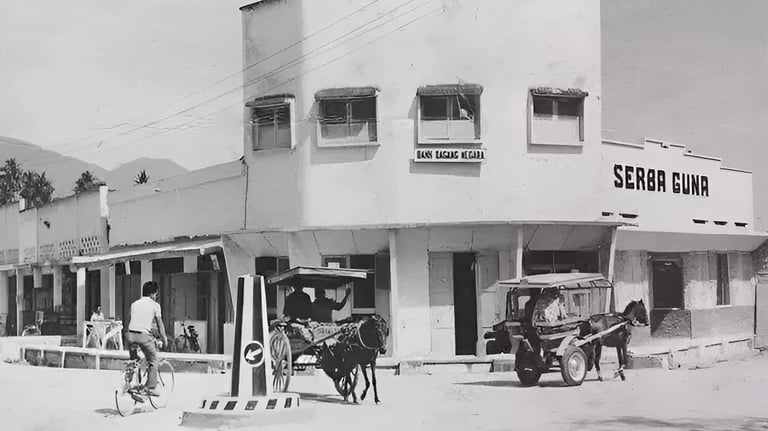

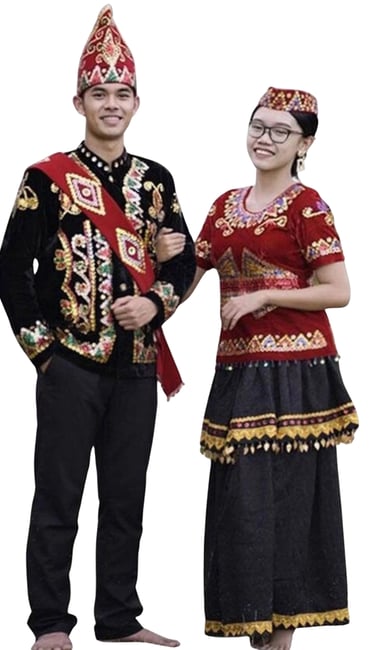

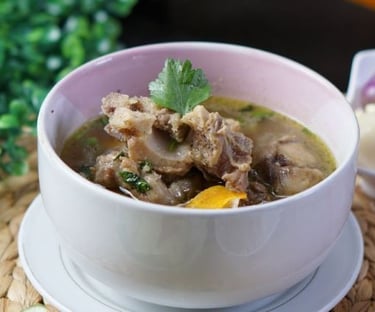

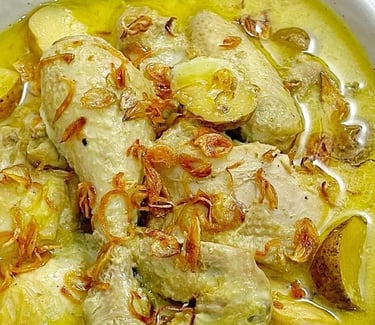




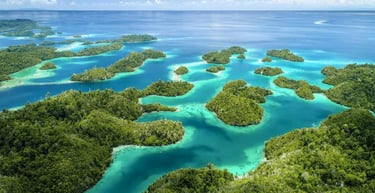

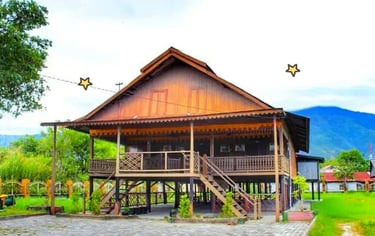
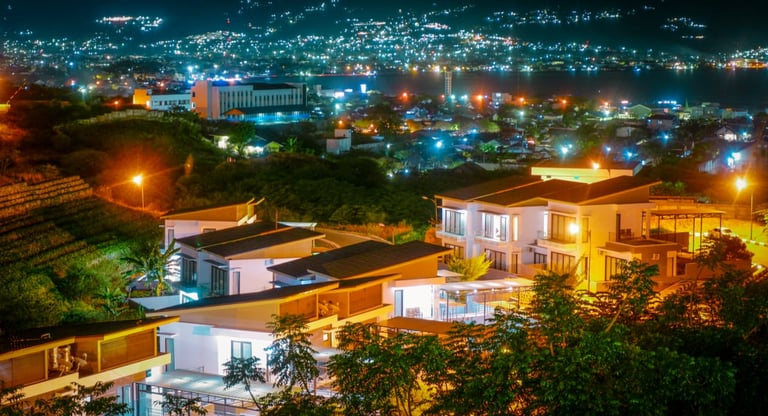

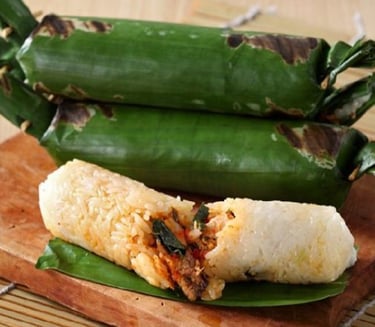

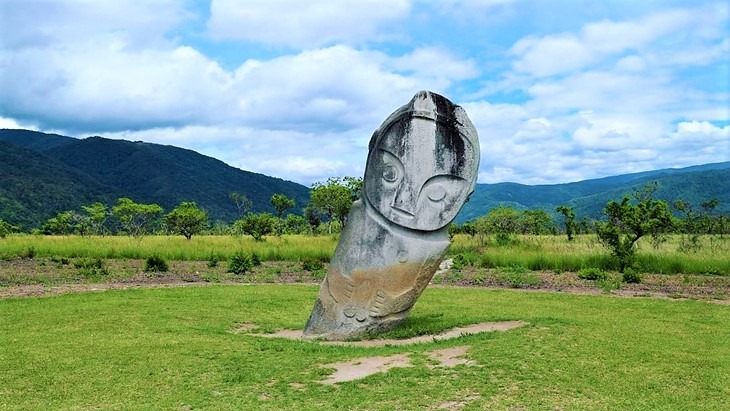


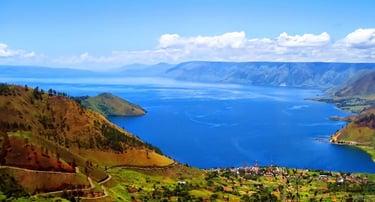

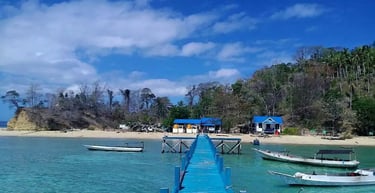
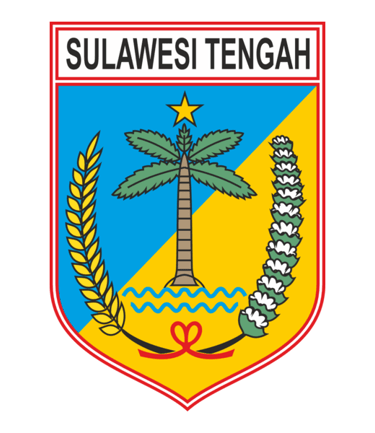

Follow us to explore Indonesia with expert travel guidance
©PT.Sinar Pesona Travelindo 2025. All rights reserved.
